Tiffany Trent writes dark YA fantasy and can be found online at tiffanytrent.com
I find it so odd—all the buzz of including or not including gay characters in YA. To me, the fact that any of my characters at any moment are gay is a given. I don’t have to work to include them or sit and decide that one of them will be gay. Some of them are; some of them aren’t. These are the facts. I’m always delighted whenever a character shows him or herself to be LGBTQ, and I work very hard to make sure that I get it right. The one thing I continually note when speaking to gay friends about what they’d like to see in books is just that gayness is a fact of life just as natural as eye or hair color. One lesbian friend said it would just be so refreshing to read something fun, romantic, and gay-positive rather than either the typical coming-out story or tragedy. For myself, I love the notion of gay paranormal or gay YA horror—Steve Berman’s Vintage is an outstanding example of what I long to see more of.
Thankfully, it seems that the publishing industry is becoming more and more receptive to books that view gayness as an intrinsic lifestyle wherein being LGBTQ is not just about sex but also about love, romance, the joys and difficulties of finding the right mate, and ultimately about finding one’s true identity. My husband told me that just today, in fact, Bret Hartinger’s Shadow Walkers, a YA sci-fi novel with a gay protagonist was featured on NPR.
All of this is very happy-making news, considering that my own previous attempts at writing gay or lesbian characters were met with resistance by former publishers and editors. I knew in my heart that one character of mine was lesbian, though I also knew that she was an intensely private person. What I did know was that she wasn’t inclined at all toward men and was fiercely protective of the few female friends she had. I hadn’t planned on any lesbian romantic scenes, but I knew instinctively that heterosexual romantic scenes were not for her, either. In the end, I caved, and she was presented as staunchly heterosexual. It was heartbreaking to make that compromise, but I did it because I didn’t feel I had any other choice. I know differently now, and I’ll never make that same mistake again. It’s too important.
It took attending this year’s Society for Children’s Book Writers and Illustrators (SCBWI) (www.scbwi.org) Midwinter Conference panel about LGBTQ in middle-grade and YA for me to realize that I’m not wrong or alone in my desire to represent gay characters. Blogger and author Lee Wind , agent Jim McCarthy, and Penguin/Putnam Executive Editor Ari Lewin had some fantastically encouraging things to say to those of us want to write more LGBTQ work. Ari reinforced the notion that editors are, in fact, seeking stories that push beyond the coming-out story and into refreshingly new and fearless territory. She even encouraged me fiercely and with great passion to write something fun, a gay romance filled with laughter and sweetness and JOY. What a concept, right?
That panel alone was worth the entire conference and all the travel headaches. It gave me confidence in a character I’d been afraid to write—a gay blacksmith in a post-apocalyptic Appalachia. I can’t wait to get back to him once I finish the current revision, and I’m even more excited to share him with my readers who may have been hoping for just this sort of thing.
And so, for what it’s worth, I’m passing on this message. Go. Write your stories with your LGBTQ characters. Make their stories about more than coming out. Make their stories about what it means to be human and in love in this ever-changing world. Editors are waiting hungrily for your words. Pass it on.
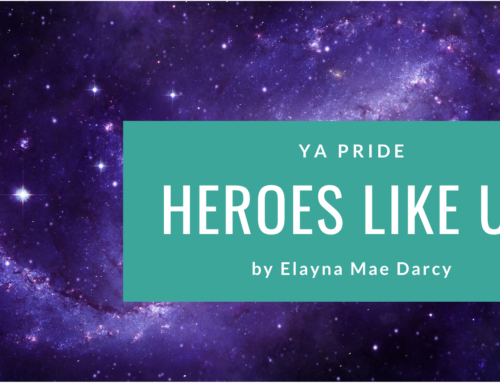
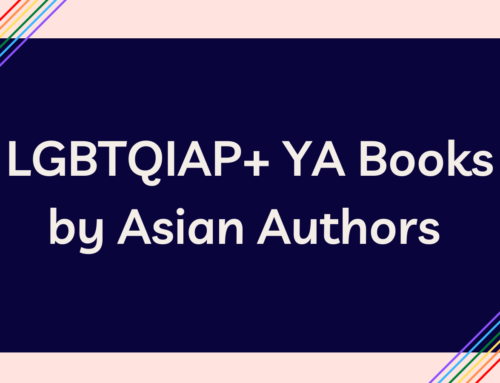
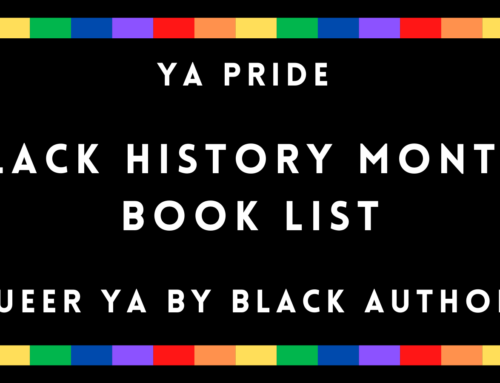
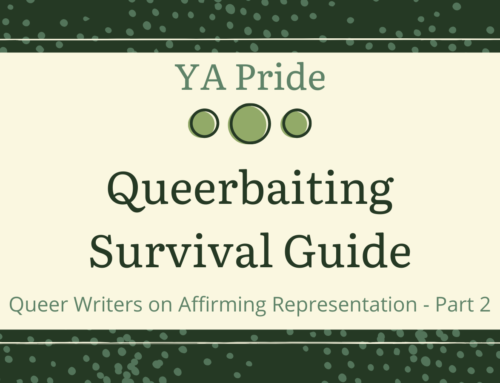
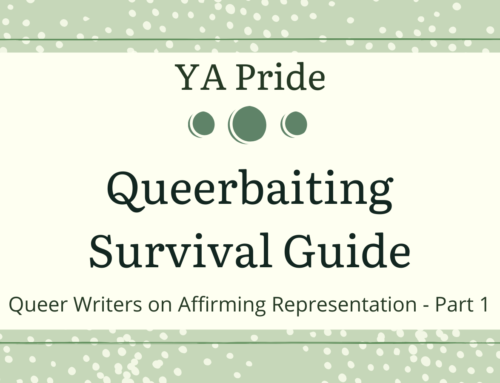
[…] Pass It On [a guest post by Tiffany Trent] […]